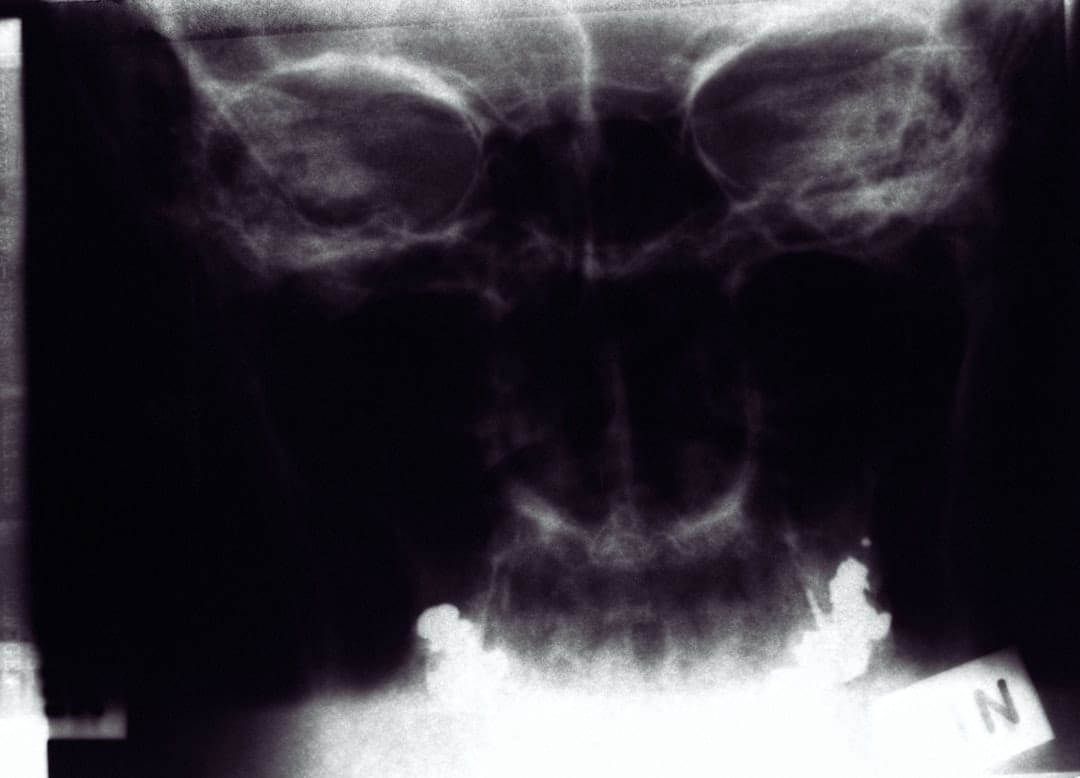Effective Treatment Strategies for Eosinophilic Esophagitis in Adults
Eosinophilic esophagitis (EoE) is a chronic inflammatory condition of the esophagus marked by an accumulation of eosinophils, a type of white blood cell. This condition often manifests through symptoms such as difficulty swallowing, heartburn, chest pain, and food getting stuck in the throat. EoE…

Understanding Eosinophilic Esophagitis
Eosinophilic esophagitis is increasingly recognized as a significant health issue, particularly in adults. The condition arises when eosinophils, which are usually absent in the esophagus, infiltrate the esophageal tissue, leading to inflammation and damage. This infiltration is often a response to allergens, either from food or the environment, which triggers an immune response. The growing awareness and diagnosis of EoE have spurred research into more effective treatments.
Diagnostic Procedures
The diagnosis of EoE primarily involves an endoscopic examination of the esophagus, during which a biopsy is taken. This procedure allows for the assessment of eosinophil levels in the esophageal tissue. A high concentration of eosinophils confirms the diagnosis of EoE. This diagnostic approach is crucial for distinguishing EoE from other conditions with similar symptoms, such as gastroesophageal reflux disease (GERD).
Dietary Management
Dietary management is a cornerstone of EoE treatment. It often involves elimination diets designed to identify and avoid foods that trigger the condition. Patients may undergo a trial-and-error process, eliminating common allergens such as dairy, wheat, soy, and nuts, and then gradually reintroducing them to pinpoint specific triggers. This personalized approach helps in reducing symptoms and preventing flare-ups.
Pharmacological Treatments
Pharmacological interventions play a significant role in managing EoE. Topical corticosteroids, such as fluticasone and budesonide, are commonly prescribed to reduce inflammation in the esophagus. These medications are typically swallowed rather than inhaled, allowing them to coat the esophagus and directly target the affected area. The FDA's approval of budesonide as the first oral medication specifically for adults with EoE marks a significant advancement in treatment options.
Systemic Corticosteroids
In cases where topical treatments are insufficient, systemic corticosteroids may be used. These medications are more potent and can effectively reduce inflammation throughout the body, including the esophagus. However, due to potential side effects, systemic corticosteroids are generally reserved for severe cases or short-term use.
Emerging Treatments and Research
The treatment landscape for EoE is evolving, with new drug approvals and ongoing research focusing on personalized treatment approaches. These advancements aim to provide more targeted therapies that address the underlying causes of EoE, rather than just managing symptoms. As research progresses, there is hope for more effective and less invasive treatment options.
Conclusion
Eosinophilic esophagitis is a complex condition requiring a multifaceted treatment approach. With advancements in diagnostic techniques and treatment options, individuals with EoE can achieve better management of their symptoms. Ongoing research and new drug approvals continue to enhance the understanding and treatment of this condition, offering hope for improved quality of life for those affected.
FAQs
**What are the common symptoms of eosinophilic esophagitis?**
Common symptoms include difficulty swallowing, heartburn, chest pain, and food getting stuck in the throat.
**How is eosinophilic esophagitis diagnosed?**
Diagnosis typically involves an endoscopy and biopsy to assess eosinophil levels in the esophagus.
**What are the main treatment options for EoE?**
Treatment options include dietary management, topical corticosteroids like fluticasone and budesonide, and systemic corticosteroids for more severe cases.
References
https://www.mayoclinic.org/diseases-conditions/eosinophilic-esophagitis/diagnosis-treatment/drc-20372203
https://www.aaaai.org/conditions-treatments/related-conditions/eosinophilic-esophagitis
https://pmc.ncbi.nlm.nih.gov/articles/PMC7067637/
https://pmc.ncbi.nlm.nih.gov/articles/PMC10843442/
https://www.med.unc.edu/medicine/news/new-drug-approvals-are-reshaping-the-landscape-of-eosinophilic-esophagitis-eoe-treatment/
https://my.clevelandclinic.org/health/diseases/14321-eosinophilic-esophagitis
https://medlineplus.gov/eosinophilicesophagitis.html
https://pubmed.ncbi.nlm.nih.gov/18637093/
https://cegir.rarediseasesnetwork.org/resources/researchers-clinicians/treatment-guidelines